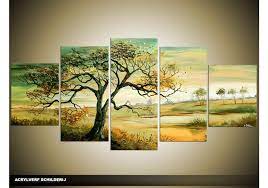Painting, an ancient form of artistic expression, has captivated human imagination for millennia. From the cave abstracte kunst of our ancestors to the masterpieces adorning the walls of modern galleries, the art of painting has evolved and flourished, reflecting the diverse cultures, beliefs, and emotions of humanity. In this article, we delve into the rich history, techniques, and significance of painting as a timeless art form.
A Brief History of Painting: The history of painting can be traced back to prehistoric times, with early humans using natural pigments to create vivid depictions of their lives and surroundings on cave walls. As civilizations developed, so did painting techniques, with ancient Egyptians, Greeks, and Romans utilizing frescoes and mosaics to decorate their temples and palaces.
During the Renaissance period in Europe, painting experienced a remarkable revival, characterized by a renewed interest in realism, perspective, and human anatomy. Visionaries such as Leonardo da Vinci, Michelangelo, and Raphael created masterpieces that continue to inspire awe and admiration centuries later.
The advent of modernism in the late 19th and early 20th centuries ushered in a period of experimentation and innovation in painting. Artists like Vincent van Gogh, Pablo Picasso, and Claude Monet challenged traditional conventions, pushing the boundaries of style and technique.

